School loses power, classes move online for a day
Hurricane winds swept into Houston, peaking at 50 miles per hour.
When art teacher Dan Havel woke up on Sept. 14, he found a 30 to 40 foot tree branch lying in his yard. Hurricane winds had swept into Houston the night before, peaking at 50 miles per hour.
“I slept through the storm, like I usually do,” Havel said. “But in the morning, we saw this big old branch in the yard. It was a big chunk; it came from the top of a pecan tree.”
Havel, whose house was undamaged, sawed the branch into pieces and saved much of it for firewood. Some of his neighbors were not so lucky.
“We had a couple other houses in our neighborhood where big trees landed on them,” Havel said. “There were branches all over the place.”
Category 1 Hurricane Nicholas, which made landfall on the Gulf Coast in the early hours of Sept. 14, knocked down trees, fences and power lines across Southeast Texas.
That day, CenterPoint Energy received 460,000 reports of Texan power outages. Along with many students and faculty, the SJS campus lost power, so all classes were canceled.
By Sept. 16, the number of Texan power outages had decreased to 40,000. Since the power at SJS had not yet been restored, on Sept. 15, Middle and Upper School students attended virtual classes, while Lower School lessons remained paused. Even then, some still did not have power.
Chemistry teacher Sarwat Jafry lost her power at 3:00 a.m. the night the storm hit. A day later, her power had yet to come back, so she went to her parents’ house to teach her online classes.
It barely feels like we had school.
— Diana Duke
“The school did what was best for our students,” Jafry said. “We, as teachers, must be able to adapt.”
At 1:30 p.m. on Sept. 15, power returned to the School. Normal classes will resume on Sept. 17 since Sept. 16 is a school holiday.
When Lower School classes were canceled, teachers assigned homework to make up for lost class time. SJS parent Sarah Tringhese had to change her work schedule to accommodate both of her Lower School daughters staying at home.
“We’re so lucky to have a nanny who can come in early,” Tringhese said. “It can take a while to get kindergartners to sit down and do their homework.”
Tringhese’s seven-year-old daughter, Ella, has been mostly unaffected by the storm.
“When I told her she didn’t have school, she was so excited,” Tringhese said. “She was less excited when I told her she had a packet of homework, though.”
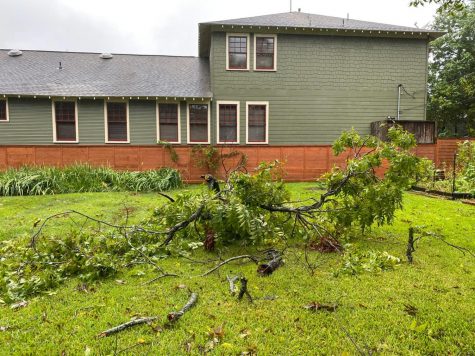
Missing school, however, meant students lost valuable time to socialize, and activities and tests in many classes were canceled or postponed. First grader Max Rice misses in-person learning.
“I wish I was with my friends or my girlfriend,” the six-year-old said.
For junior Diana Duke, online school is not as effective as in-person learning, since teachers are less able to engage with students. Independent assignments often replace instructional lessons when classes are relegated to Zoom.
“It barely feels like we had school,” she said. “Most of my classes were just a check-in or asynchronous.”
Duke also found a tree branch, which narrowly missed falling on her garage, in her yard on the same morning Havel did.
“I looked out the window, and it was just on the ground,” she said. “My parents spent hours clearing it away.”
The damage in Houston seems to be finished as Nicholas heads east. The storm has passed the Louisianan border, and CenterPoint expects the vast majority of Texan power outages to be fixed by Sept. 17.
“I commend our school for taking the actions they do to keep us safe,” Havel said. “And I’m glad the hurricane season is almost over.”

Annie Jones ('24) joined The Review in 2020 as a freshman. She has four younger siblings and considers herself the wunderkind of shenaniganery.

Emma Chang ('24) joined The Review in 2020 as a freshman. Her favorite emoji is ?, and she is obsessed with Taylor Swift.

Isabella Diaz-Mira ('23) joined The Review in 2021 as a junior. She speaks Spanish fluently and likes writing poetry in her free time.



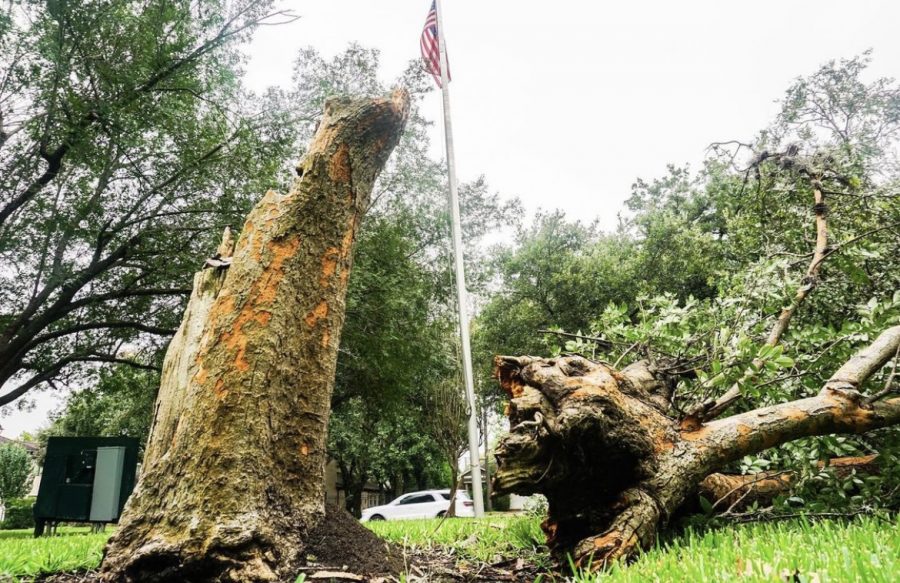
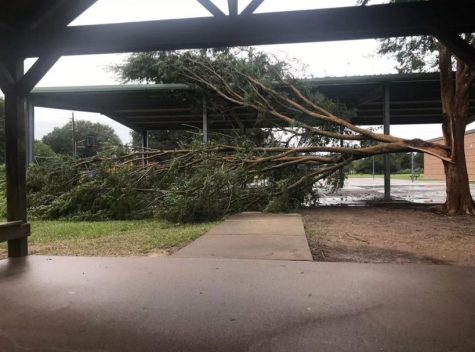
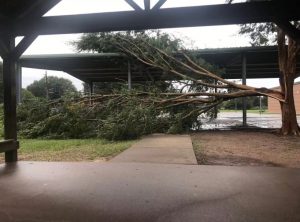
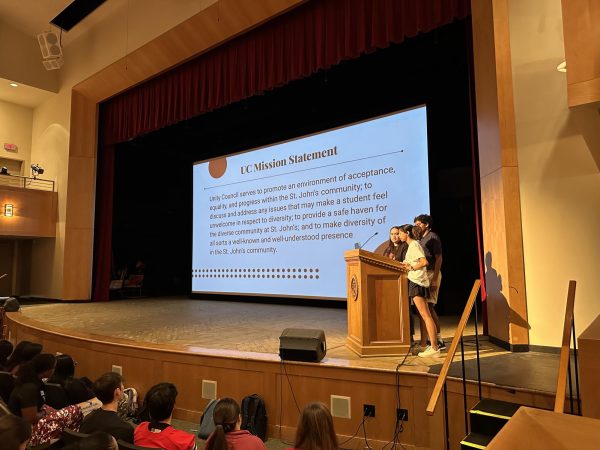

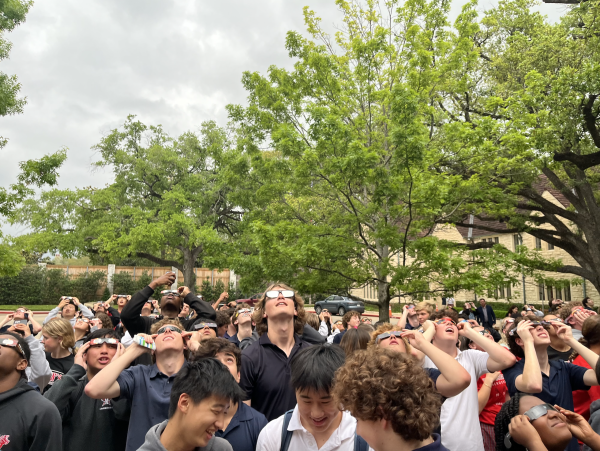
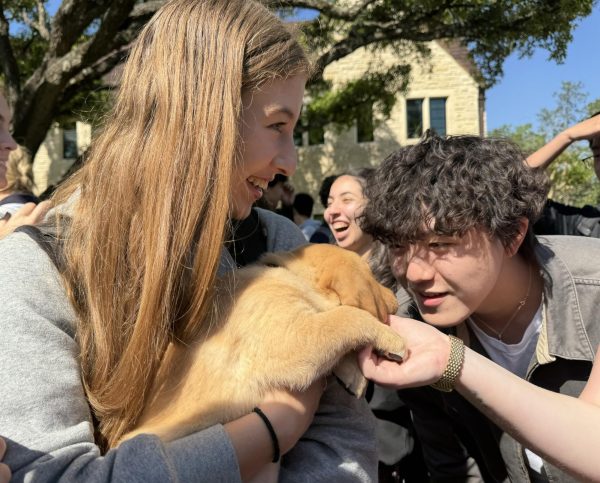

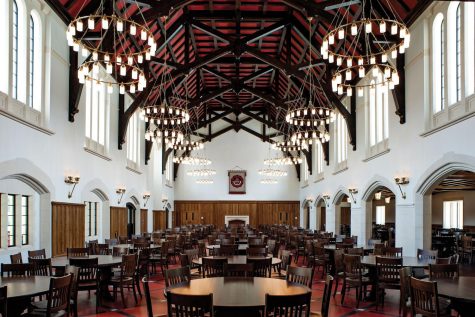



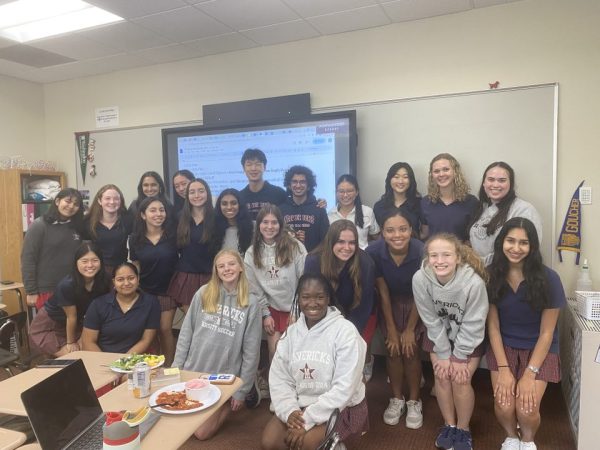
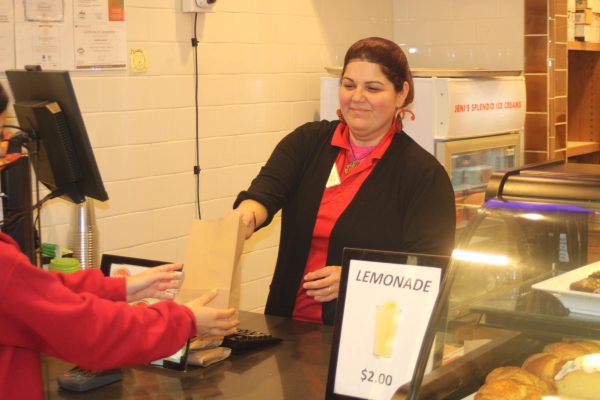
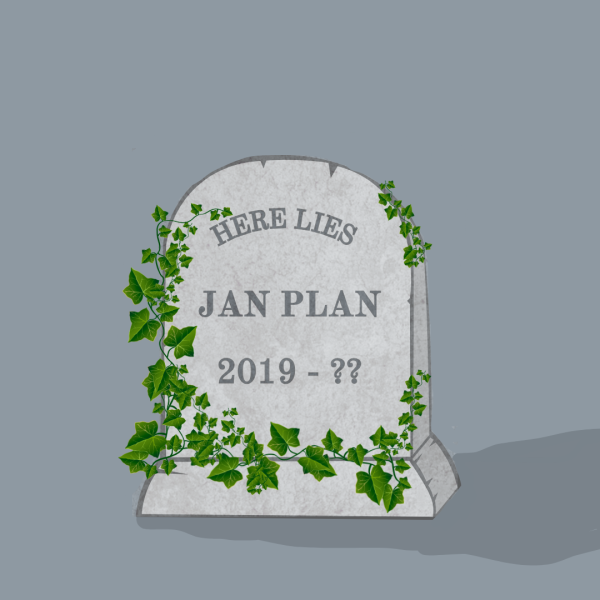
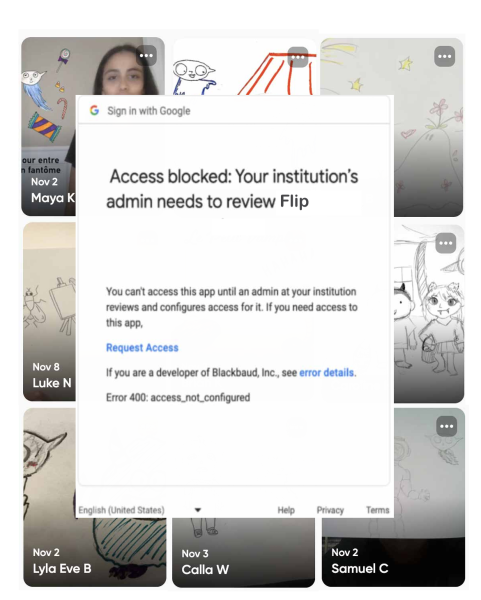



Diya • Feb 13, 2022 at 1:41 PM
Great job @annie jones! I remember this, haha